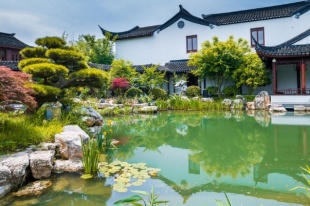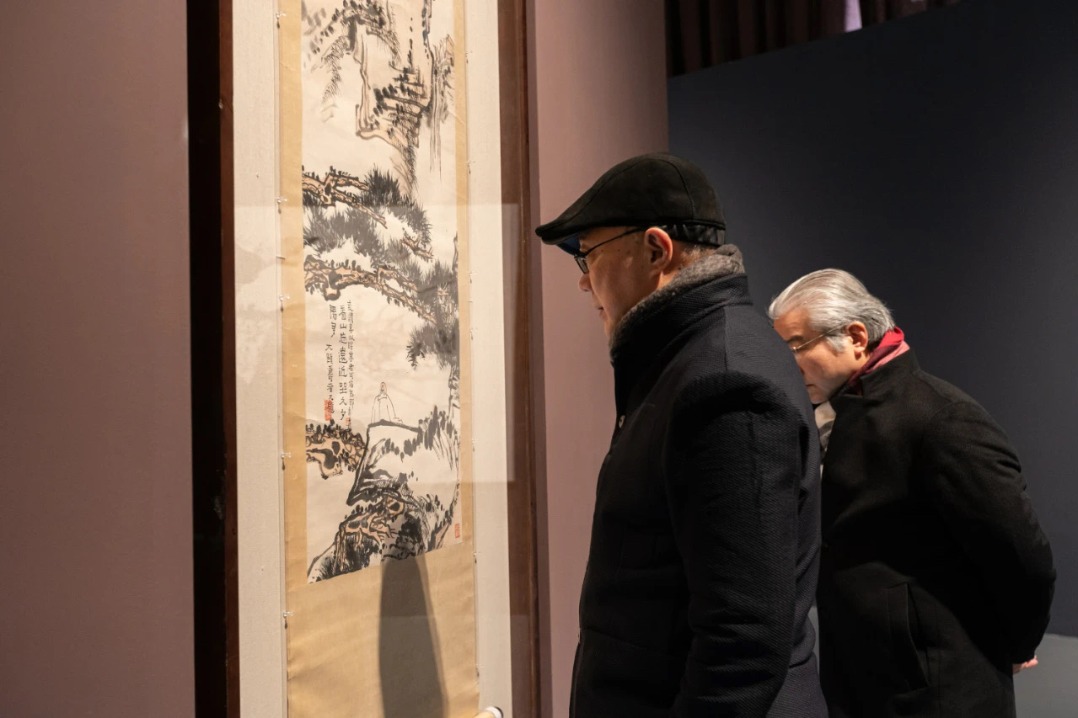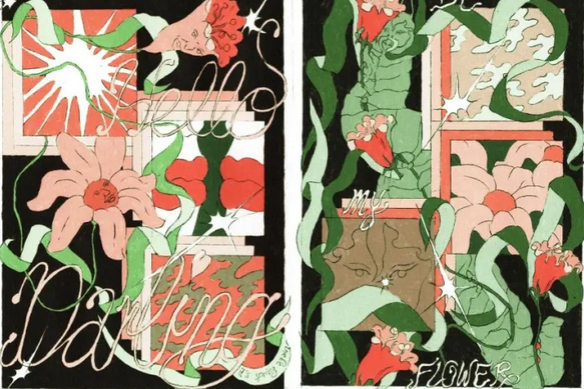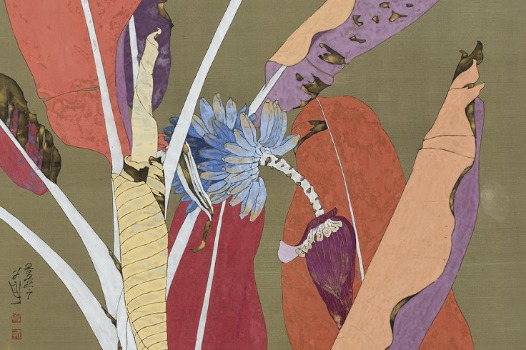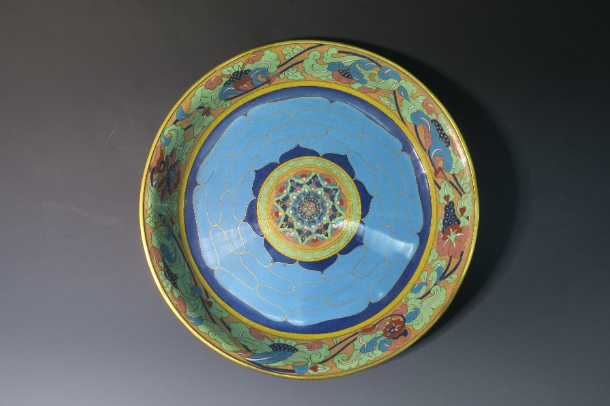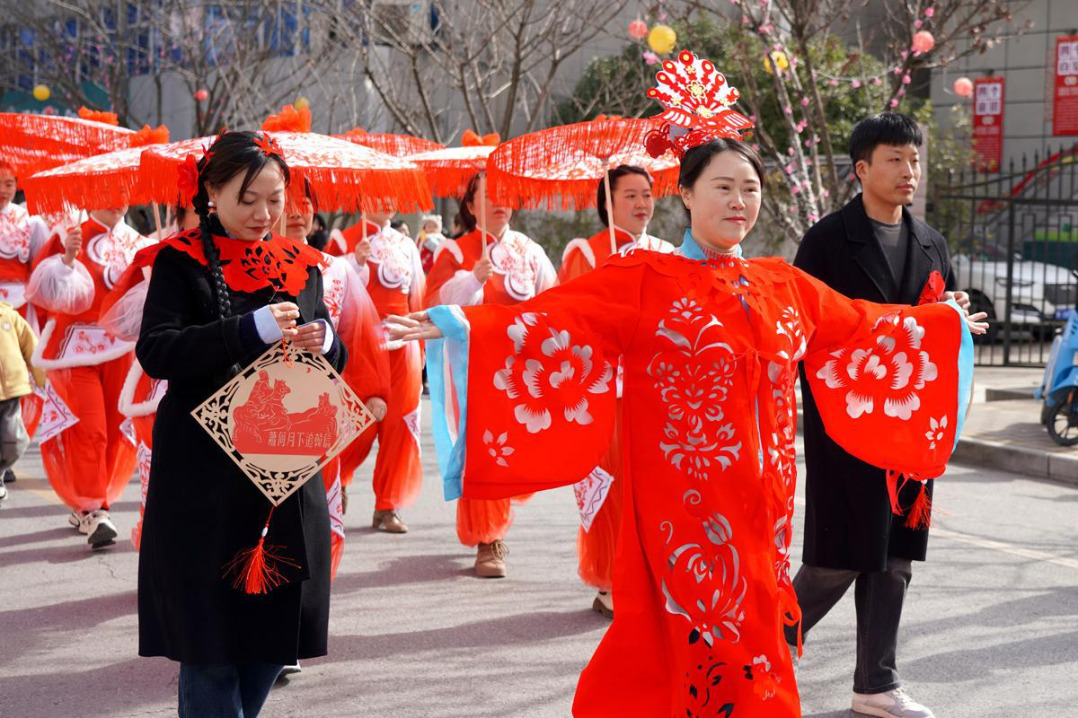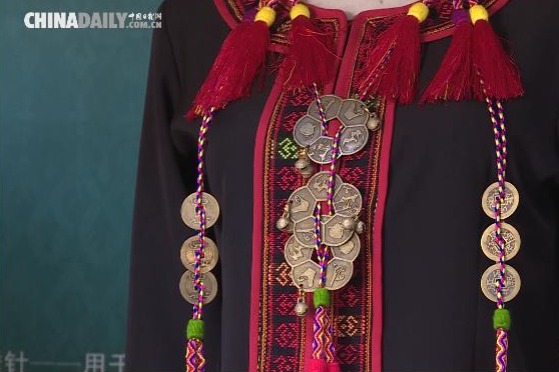Classical Gardens of Suzhou

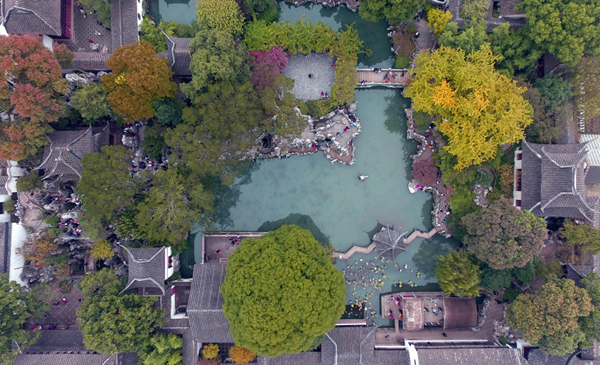
Category of site: Cultural site
Brief introduction
Classical Chinese garden design, which seeks to recreate miniature natural landscapes, is not illustrated any better than in the nine gardens in the historic city of Suzhou, Jiangsu province. Suzhou's classical gardens are noted for their exquisite design and layout. Landscape and buildings are perfectly integrated to create a great harmony between man and nature.
Occupying a unique and irreplaceable position in the history of world landscape gardening, Suzhou's classical gardens have high value for the study of Chinese landscape gardening, architecture, culture, aesthetics, philosophy and folklore.
They were added onto the World Cultural Heritage List in 1997.
Cultural heritage
The classical gardens of Suzhou, Jiangsu province, date back to the 6th century when the city was founded as the capital of the Wu Kingdom. Inspired by these royal hunting gardens built by the King of the State of Wu, private gardens began emerging around the 4th century and finally reached a climax in the 18th century. Today, more than 50 of these gardens are still in existence, nine of which, namely the Humble Administrator's Garden, Lingering Garden, Net Master's Garden, the Mountain Villa with Embracing Beauty, the Canglang Pavilion, the Lion Grove Garden, the Garden of Cultivation, the Couple's Garden Retreat, and the Retreat & Reflection Garden, are regarded as the finest embodiments of Chinese "Mountain and Water" gardens. The earliest of these, the Canglang Pavilion was built in the early 11th century on the site of an earlier, destroyed garden.
Canglang Pavilion has the longest history among all the existing classical gardens in Suzhou. Naturally laid out and well designed, it is called one of the four best gardens in Suzhou - the other three being Lion Grove Garden, Humble Administrator's Garden and Lingering Garden. The garden looks simple but natural. Without contrived decorations, it combines buildings with scenery so perfectly that the whole garden appears to be naturally endowed. The garden is built along a small pond. In front of its north gate, there is a stone bridge. Entering the garden, you can see a yellow rock. Behind it, there is an artificial hill made of stone and earth. It is naturally made, properly arranged, and appears steep and magnificent. Since there is a courtyard on each side of the garden, it is named Ouyuan, meaning double courtyard.
The Garden of Cultivation has an expansive view and a simple style. Since many of the original features of the garden have been preserved, the garden has a high historical and artistic value. Occupying an area of 0.33 hectares, the garden is built around a pond with stone bridges over it. Most of the buildings are constructed in the north, among which the Buoya Hall is the main hall of the garden. To its south there is a small courtyard with a rock terrace in a pond. To the south of the courtyard are five water pavilions. And to the south of the pond there is an artificial hill. The side of the hill along the pond is steep, with precipitous paths. To the south of the pond there is the Ruyou Pavilion, dating from the Ming Dynasty, which is connected with the outside by paths. To the west of the pond is Qinlu Courtyard. Inside the courtyard there is a small pond linked with the main pond outside. Such a design is unique among Suzhou's classical gardens.
The Retreat & Reflection Garden was built between 1885 and 1887. The garden looks delicate, simple and elegant. It is a masterpiece among southern China's private gardens.
The classical gardens of Suzhou are the most vivid specimens of culture expressed in landscape garden design from the East Yangtze Delta region in the 11th to 19th centuries. The underlying philosophy, literature, art, and craftsmanship shown in the architecture, gardening as well as the handcrafts reflect the monumental achievements of the social, cultural, scientific, and technological developments of this period.
Suzhou style bonsai
As one of China's major schools of miniature trees, Suzhou-style bonsai is famous for its long history, unique design and distinctive style.
Thanks to favorable natural conditions, skilled artisans have long since created bonsai masterpieces to record natural scenery in tiny pots. In addition, the rich culture of the city adds special flavor and a unique style to the Suzhou-style bonsai.
Suzhou bonsai is noted for its plainness and elegance. Old twigs aged 40, 60 or even 100 years are planted in a small plate and presented in different shapes - drooping, prostrate, looking up or bending down.


